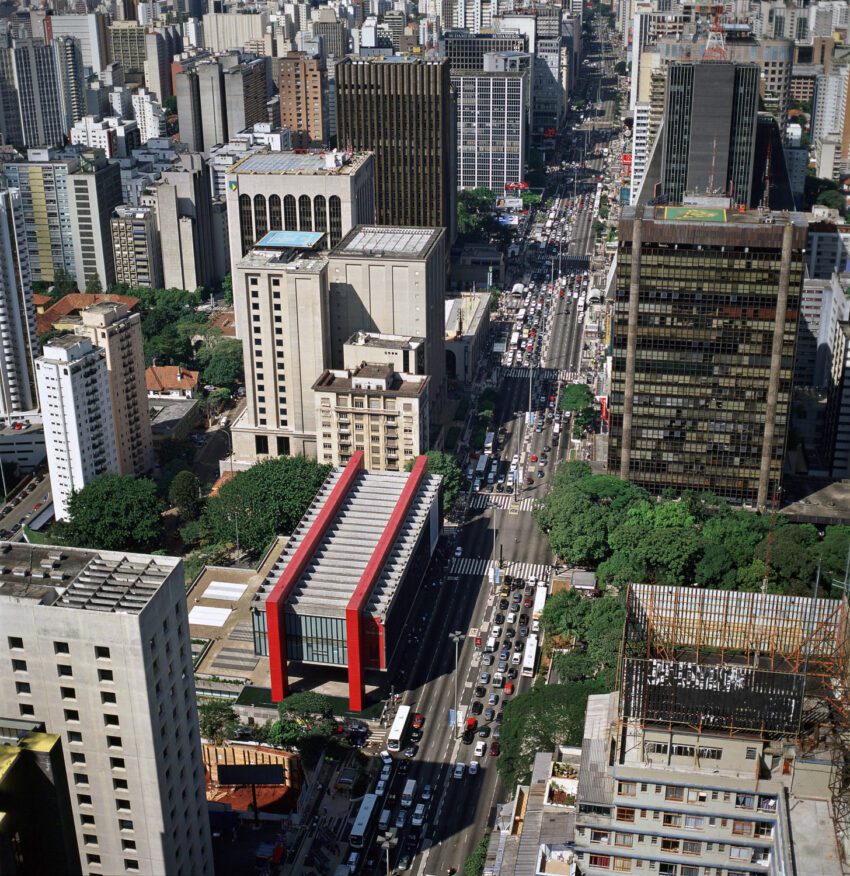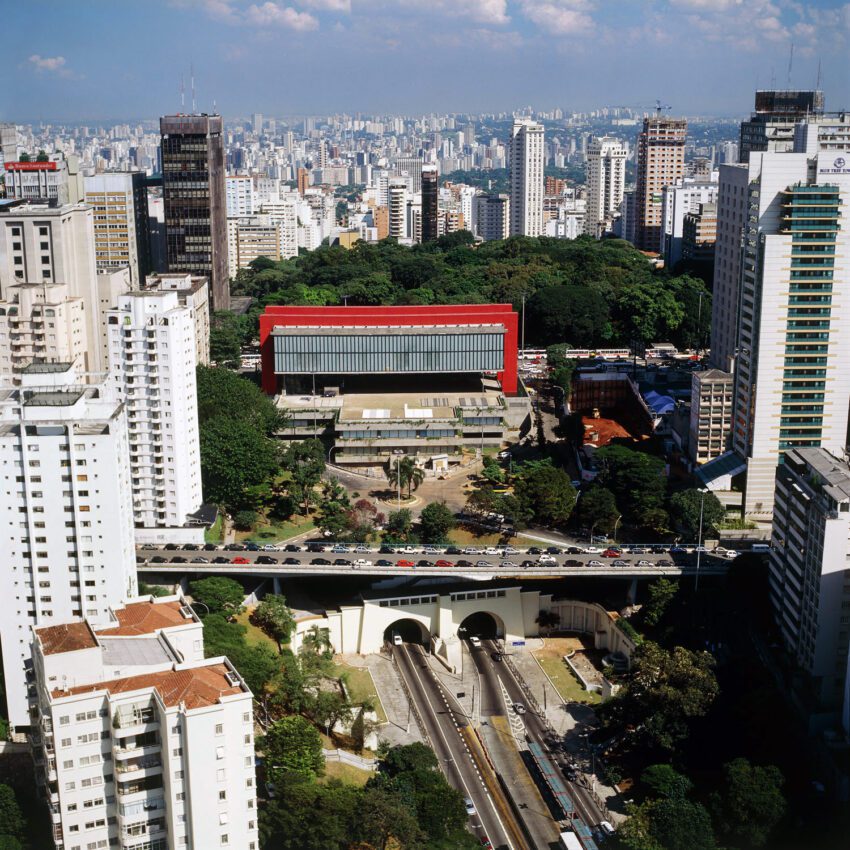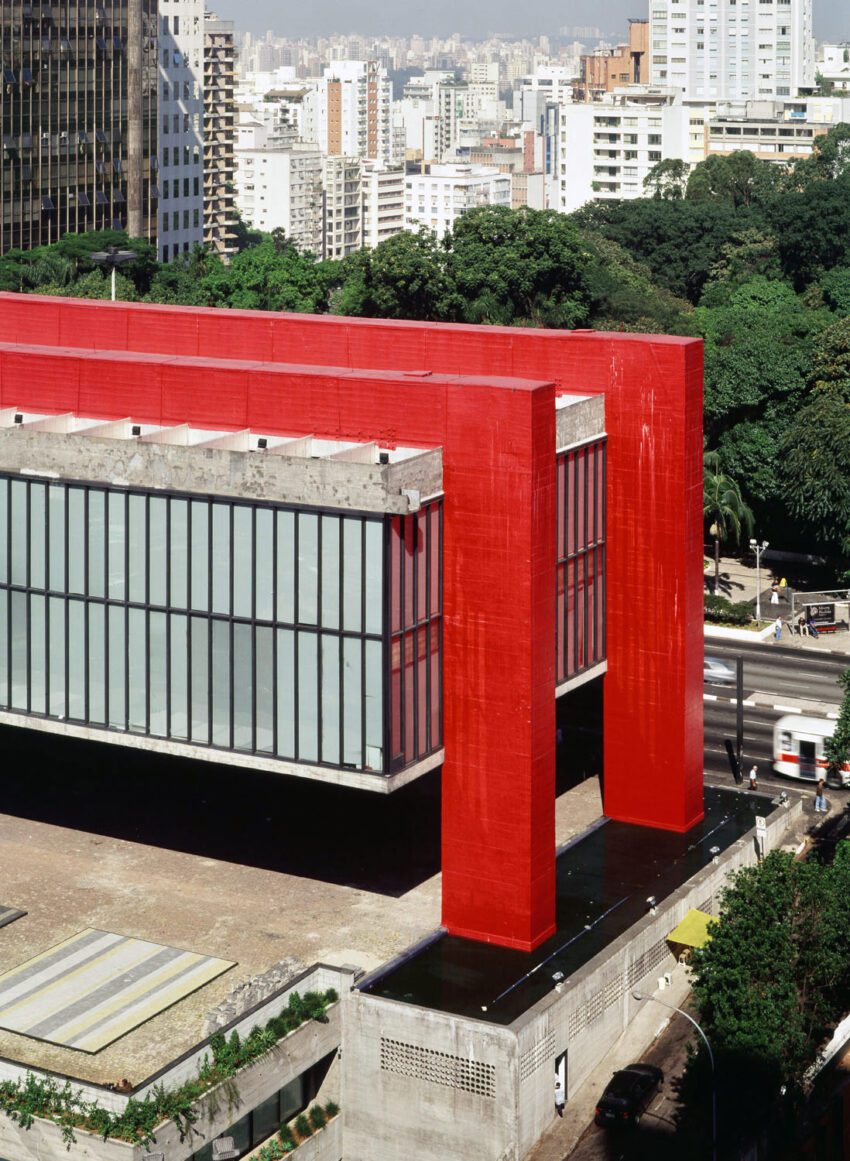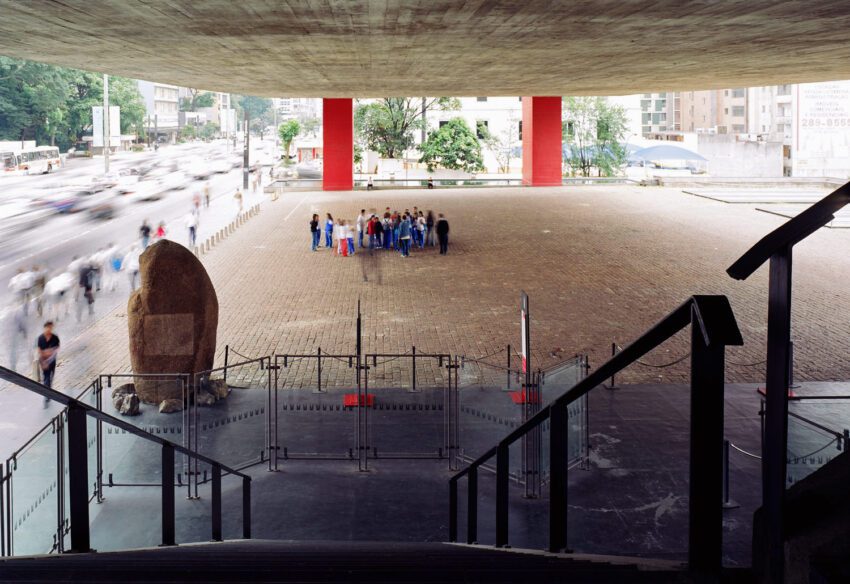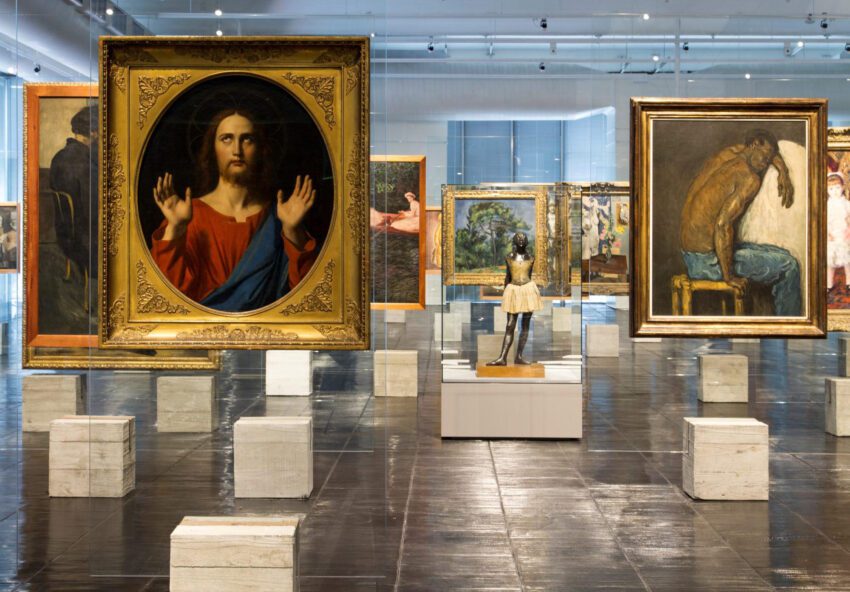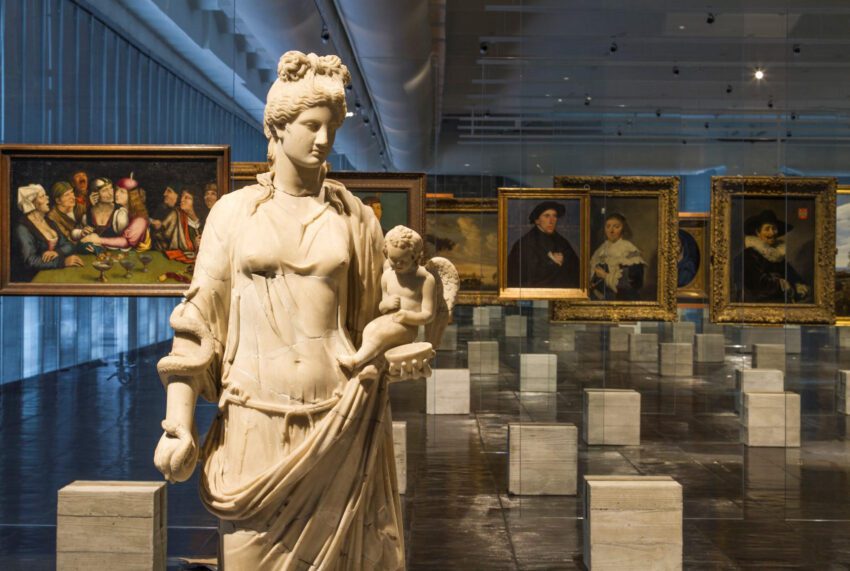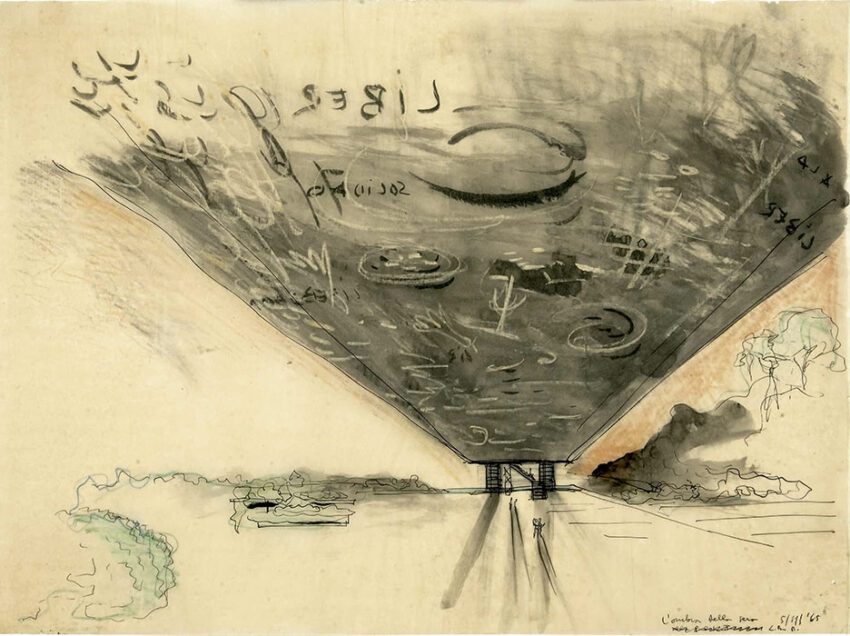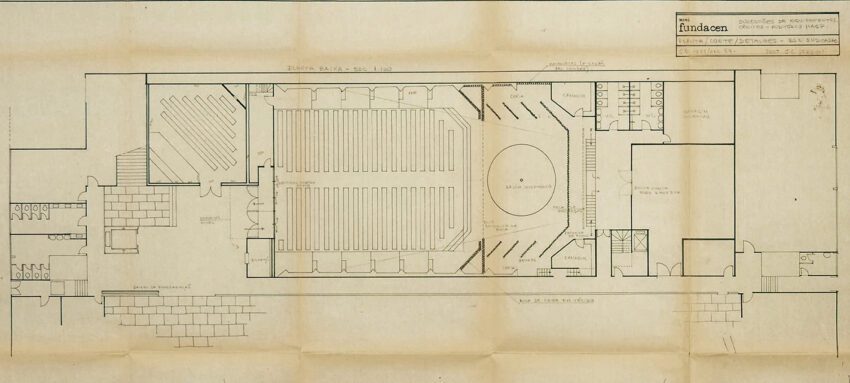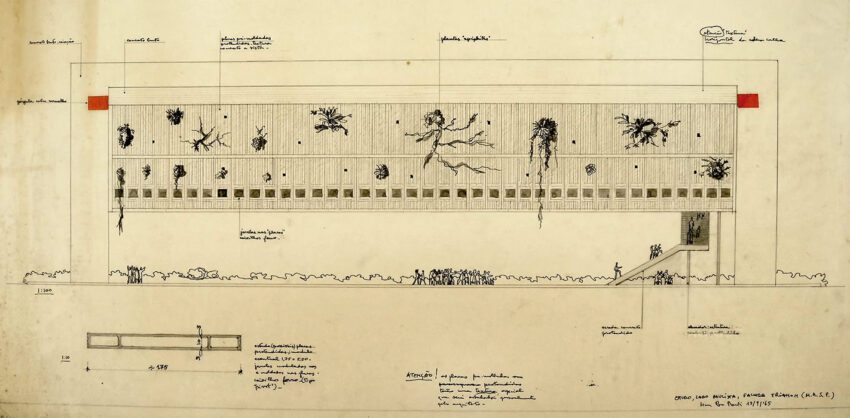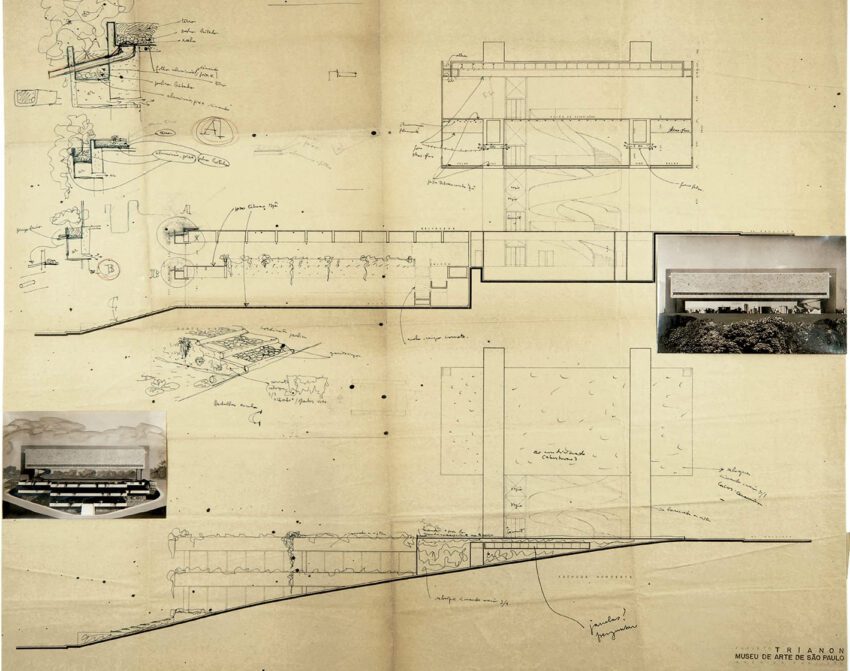The Museu de Arte de São Paulo (MASP), conceived by the Brazilian-Italian architect Lina Bo Bardi between 1957 and 1968, stands as a remarkable piece of architecture on Avenida Paulista in São Paulo, Brazil. The museum has become an embodiment of Bo Bardi’s vision for a space that is both a cultural repository and a democratic public square.
Museu de Arte de São Paulo Technical Information
- Architects: Lina Bo Bardi
- Location: Avenida Paulista, Sao Paulo, Brazil
- Topics: Museums
- Project Year: 1956 – 1968
- Photographs: © Nelson Kon, © Romullo Baratto, © Odinei Ramone
I have always wanted the museum to be a ‘light’ museum, like sunlight and air. In this sense, the museum should have no pre-established course. The visitor should go through it the way he wishes, as if walking through a forest, following his own path in the forest.
– Lina Bo Bardi1
Museu de Arte de São Paulo Photographs
MASP: Architectural Design and Engineering
Set between the sky and the earth, MASP suspends a voluminous box in the air and opens up a terraced base, forming an urban “ágora” that invites the citizens to become part of the museum’s narrative. The design solution was brilliantly simple, in accordance with local legislature mandates to preserve the view of the city’s lower-lying areas.
Two monumental pre-stressed concrete beams, supported by equally massive piers, traverse the site in parallel, suspending a box containing the main exhibition and administrative spaces. This structure, free of any columns or internal barriers, makes the building a prismatic volume that enhances spatial and visual continuity.
The museum was initially located on 7 de Abril Street in downtown São Paulo and was founded in 1947 by Assis Chateaubriand. In 1968, it was relocated to its present iconic building on Avenida Paulista. During its prolonged construction phase, the building underwent various modifications, adapting to technical constraints. Originally intended to have an opaque enclosure, it was replaced by glass in 1966, six years into construction.
MASP: Art, Politics, and Public Space
MASP was not merely an architectural achievement but a political statement. Lina Bo Bardi had a clear vision that the museum should serve the people and the city, not just the cultural elite. She designed the museum to give back the same amount of public space it occupied. The ground-level plaza under the building’s immense free span was intended as a multipurpose public square, harmonizing with the lightness and transparency of the building above.
Inside the museum, Bo Bardi challenged traditional hierarchies between works of art by opting for an open floor plan. Artworks are displayed on glass easels, allowing visitors to engage closely and choose their own path among the pieces. This radical approach questioned the traditional model of the European museum and offered a unique spatial experience, one that is more egalitarian and inviting.
Bo Bardi masterfully juxtaposed the building’s modernist and brutalist elements. From one standpoint, the museum belongs to the International Style tradition with its elegant glazing and open floor plans. On the other hand, its colossal concrete piers and structural systems belong to the brutalist movement. This interplay creates a dialogue between lightness and mass, which is an experience best described as “a delightful moment of coolness” by pedestrians walking beneath the structure.
The Museu de Arte de São Paulo is not merely a structure; it is a social institution and a manifestation of Bo Bardi’s belief in the potential of architecture to promote social responsibility. While the MASP has had its share of controversies and critics, it remains a remarkable architectural feat and a public space that encapsulates the multifaceted ethos of São Paulo. Through its innovative design and egalitarian ethos, MASP serves as an enduring testament to the transformative power of architecture in shaping public life.
Museu de Arte de São Paulo Plans
Museu de Arte de São Paulo Image Gallery

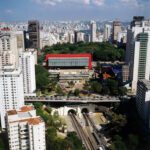



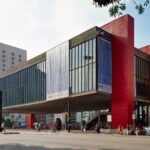



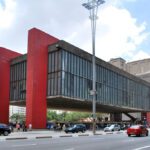

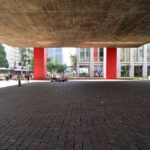
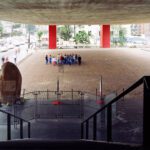
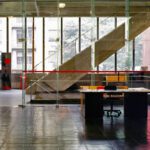



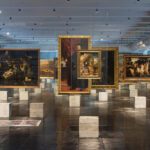

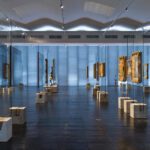

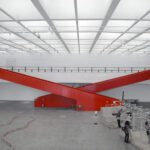

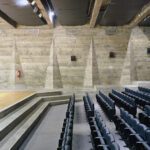

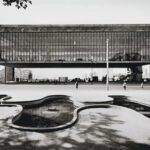
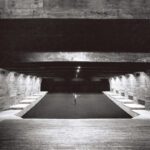
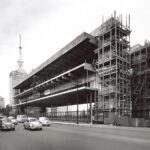

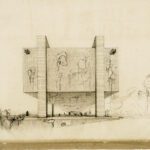

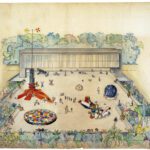



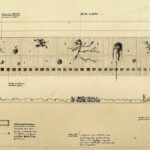
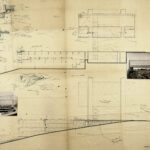
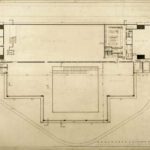




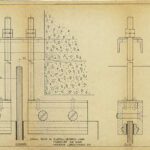

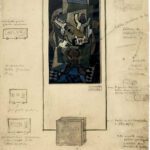
About Lina Bo Bardi
Lina Bo Bardi was a pioneering Italian-Brazilian architect and designer known for her versatile and innovative contributions to modern architecture. Born in Italy in 1914, she moved to Brazil after World War II and quickly became a vital part of the country’s architectural scene. Her works, such as the São Paulo Museum of Art (MASP) and the SESC Pompéia, are celebrated for their social and cultural inclusivity, radical design choices, and a unique blend of modernism and brutalism. Bo Bardi’s focus on the user experience, coupled with her ability to engage with the political and social contexts of her projects, has cemented her reputation as a visionary committed to elevating the human experience through design.


